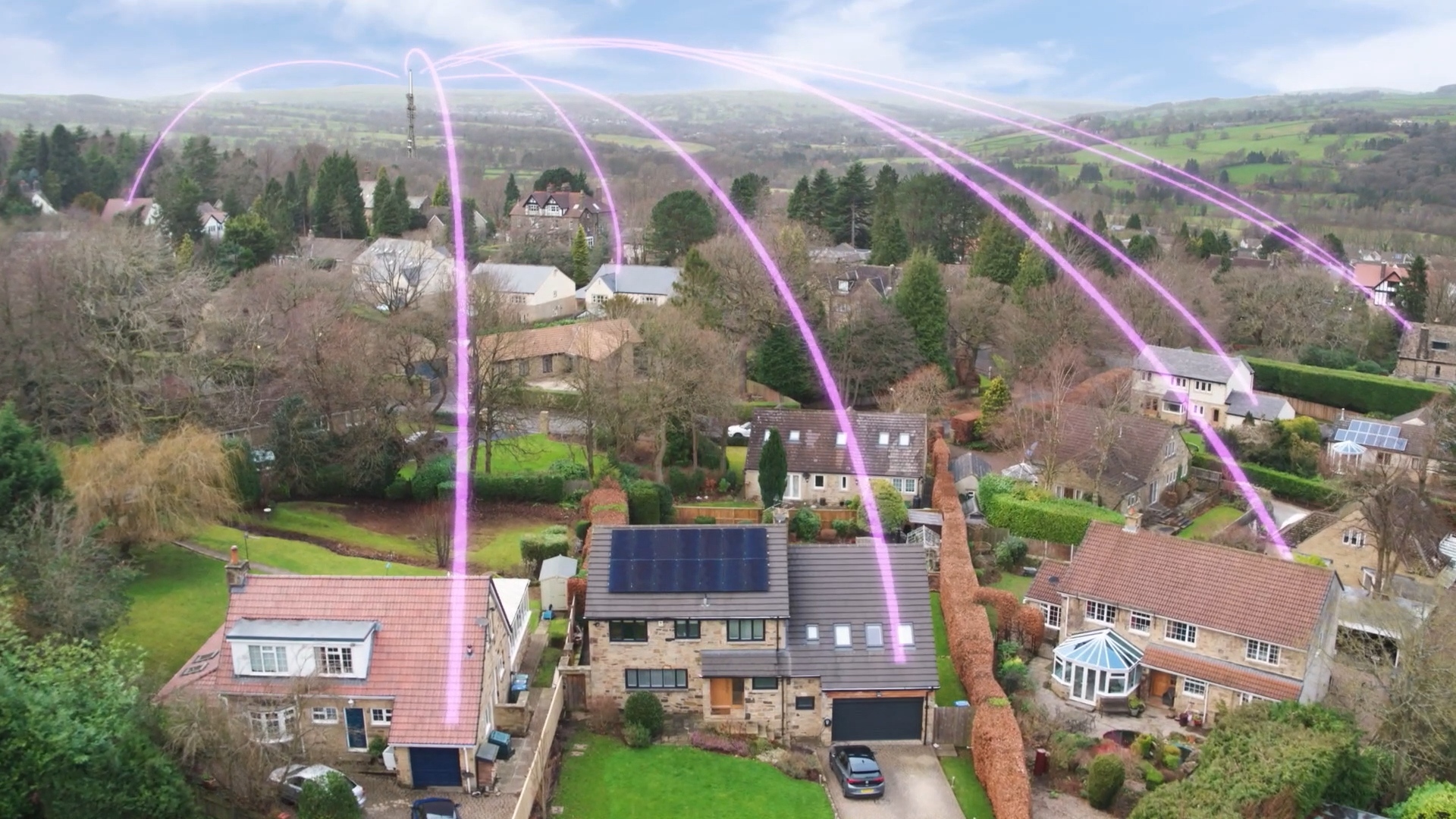This means that early smart meter adopters who lost their smart functionality, or could have lost it, when they switched supplier have it restored and can now switch energy providers while still maintaining their digital connection and receiving automated readings.
With migrations starting in small numbers back in August 2019, the journey to 10 million has been eventful. Upgrading these meters to our network was technically complex, as some of them are reaching a decade old. The DCC’s SMETS1 team likes a challenge, trying to solve a problem where there are thousands of software/hardware combinations without consumers needing a visit from an engineer.
Working with our customers in the energy industry, we took a very cautious approach – since these are live meters already operating in people’s homes. We tested thoroughly and started out only migrating a couple of hundred meters a day, but within weeks ramped up to tens of thousands a day.
This cautious approached has yielded 99% of devices connecting successfully on the first attempt. Now we’re regularly migrating tens of thousands of meters daily and getting closer to the finish line.
A primary element of the DCC’s job has been to organise the migration of dormant (previously disconnected) meters – we’ve connected millions of these, and are now only a couple of percent away from completion. We’re still working through the final cohort.
The whole migration programme retrofits many hundreds of hardware variants onto the nationwide network: it’s been one of the most challenging endeavours the DCC has ever attempted – requiring us to make significant technical breakthroughs, all the while navigating complex logistics and customer relations.
This programme is also a great example of the DCC operating across a wide and complicated set of stakeholders. We needed to work with smart meter manufacturers to understand the technical capabilities of their devices, with service providers to link their systems with these legacy devices, and with energy suppliers to organise and schedule the migration of their active meters, which sometimes number in the hundreds of thousands.
The energy industry should be proud of this work – it is the front line of combating climate change. We have breathed new life into old devices, saving millions of meters from being removed and disposed of in landfill.
Reconnecting meters is restoring consumers’ confidence in smart metering, allowing them to take close control of their energy usage once again. It is giving the grid the data it needs to make the most of renewable sources and to support the shift away from burning fossil fuels.

Jo Glynn
Head of Migration Control Centre
Further reading






